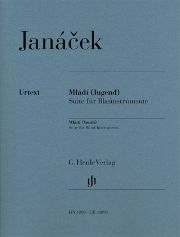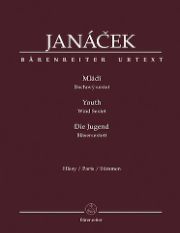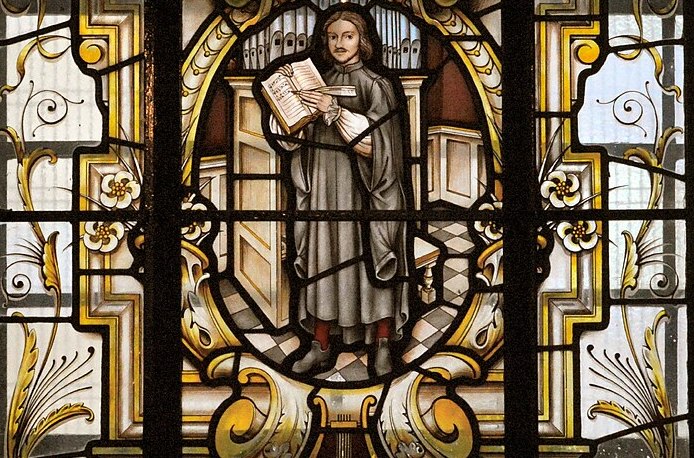Not all Urtext is the same
The practical test using Leoš Janáček's wind sextet "Mládí" reveals astonishing differences.

When we buy sheet music with the word "Urtext" emblazoned on it, we can expect to find the composer's undisguised intentions. Two recent editions of the popular wind sextet show that this is not always so easy Mládí (Youth, composed in 1924) by Leoš Janáček.
The source situation for Janáček's stroke of genius is in fact so confusing and multi-layered that it can be ruled out from the outset that two independent editions would arrive at the same results, as can be observed in the two editions under discussion. In addition to an autograph, there are several authorized copies of the score and parts from which the work was played at the premiere in Brno and the second performance in Prague (by various ensembles), all of which contain entries made partly by the composer and partly by participating musicians during rehearsals with Janáček and can therefore justifiably lay claim to authenticity. These include numerous modifications to the tempo indications, alternative versions of individual bars and figures, as well as octaves and instrumentation changes. Other sources include the first print of the score - which admittedly did not include all the changes made in the two performances - and the set of parts, which was published two months after the score and differs from it in several details.
How do two renowned publishers deal with this somewhat chaotic source situation? Jiří Zahrádka's Henle edition must be described as exemplary throughout. The preface explains the editorial pitfalls clearly and in detail and illustrates some of the autograph corrections with reprints of the sources. The publisher also makes the detailed Critical Report available as an 18-page download. In addition, numerous comments such as various tempo indications and ossias are included in the musical text (very important: also in the parts!) so that the sources can also be discussed during practical work. A generous and excellently legible print without unpleasant turning points rounds off the excellent overall impression.
In the Bärenreiter edition by Jan Doležal and Leoš Faltus, the impression is clouded in several ways: an extravagantly worded preface explains the source situation only inadequately; for notes and detailed explanations of the edition, reference is made to the complete edition, which makes a trip to a library unavoidable. The printing appears crowded, the time changes are difficult to read (because they are placed above the staff and not integrated into it), and the parts contain unfavorable turning points. Really dramatic, however, are the editors' uncommented and unmarked additions, such as the trills in the 1st movement (m. 34), the mf of the two bass parts in the 2nd movement (m. 7) and the obviously incorrect tempo indication in the reminiscence of the 2nd theme of the 1st movement (m. 142 in the 4th movement: mm. 72 for the dotted crotchet instead of the quaver). The invention of the key signatures in the 3rd and 4th movements is also very problematic: the performers have to accept up to 7 frequently changing accidentals, which makes flawless playing practically impossible (the reviewer tried it out with a very good ensemble!), as the music can by no means be described as "logically tonal". Janáček knew exactly what he was doing when he integrated the accidentals into the musical text, which an Urtext edition would have to take into account.
Considering that the Bärenreiter publishing house published the work within the complete edition 15 years ago, hope is justified. Hope that a rethink has taken place since then and that publishers can confront today's interpreters with a complex source situation. They don't need a musical text that pretends that everything is completely unambiguous and unambiguous, but rather a meaningful and comprehensive presentation of the source situation in order to reach independent decisions.
Leoš Janáček, Mládí (Youth), Suite for wind instruments (flute/piccolo, oboe, clarinet Bb, horn F, bassoon, bass clarinet Bb), edited by Jirí Zahrádka; parts, HN 1093, € 27.00; study score, HN 7093, € 16.00; G. Henle, Munich 2015
id., edited by Leos Faltus and Jan Doležal; parts, BA 9528, € 22.95; study score, TP 528, € 18.95; Bärenreiter, Prague 2009, single edition of the Janáček Complete Critical Edition, 2001








